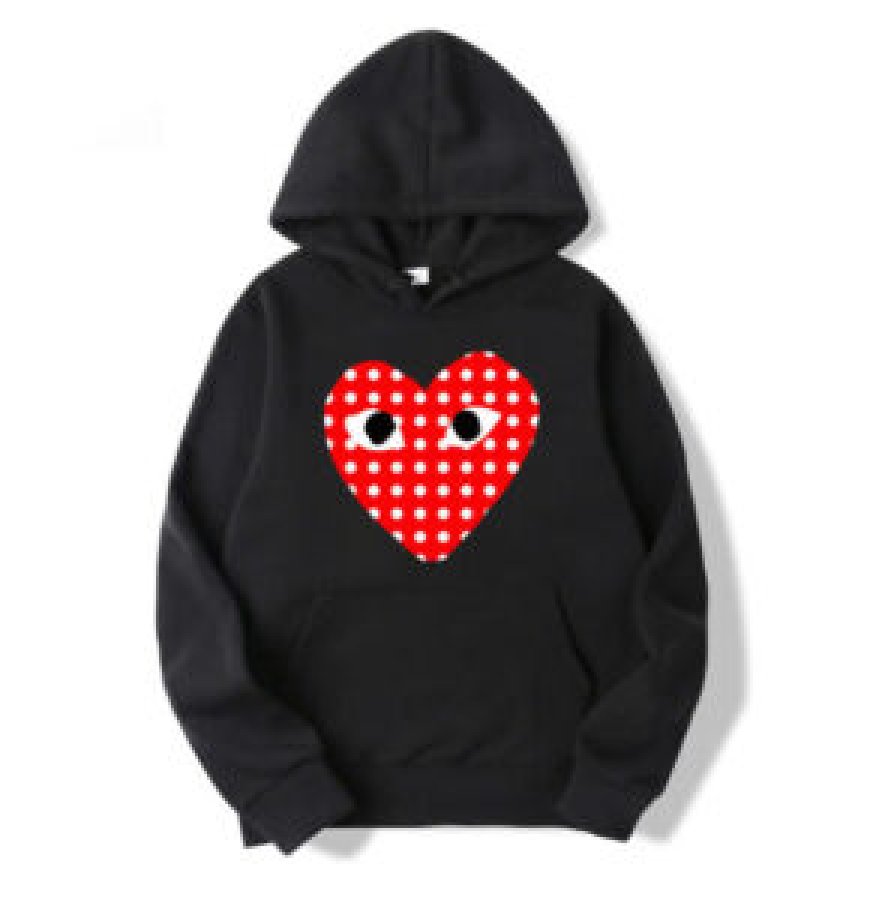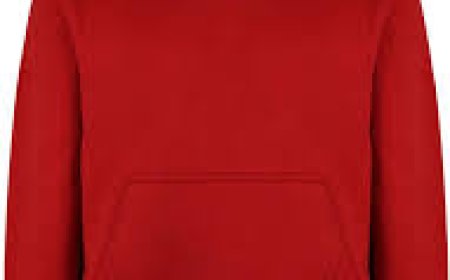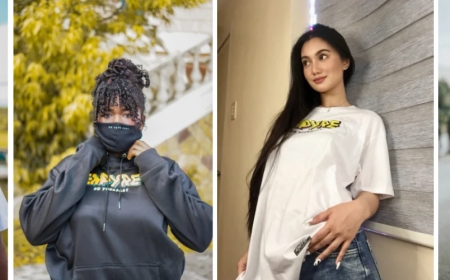Stiff Collars for Soft Hearts in a World of Noise – Comme des Garçons

In a cultural landscape saturated with loud voices, performative fashion, and the ever-churning wheel of consumer trends, there exists a quiet rebelliona whispered revolution, paradoxically loud in its silence. Comme Des Garcons This is the world of Comme des Garons. Known for its avant-garde silhouettes and conceptual rigor, the label, led by the enigmatic Rei Kawakubo, speaks directly to the soft-hearted in a world that demands hard edges. Among its arsenal of designs, the stiff collaran unassuming, sharp frame of fabricbecomes a symbol. It is a metaphorical armor for the emotionally attuned, a structured exterior concealing a vulnerable, beating heart beneath.
The Language of Design
Comme des Garons has never been about fashion in the conventional sense. Since its inception in 1969, the brand has consistently challenged the norms of beauty, gender, and identity through the language of clothing. Kawakubos vision is not dictated by seasonal trends but by ideasoften abstract, sometimes opaque, always brave.
The stiff collar, in this context, becomes more than a tailoring choice. It is a deliberate interruption of comfort, a symbolic gesture. Its a visible boundary that separates the internal emotional world from external chaos. Whether adorning oversized jackets, deconstructed shirts, or asymmetrical tunics, the collar stands tallunbent and dignified. It is as if each wearer proclaims: "I feel deeply, but I do not fold."
Quiet Strength in a Shouting World
We live in a time when emotional sensitivity is often perceived as weakness. The internet has given rise to a culture of hyper-opinion, and emotional complexity is too often flattened into memes or marketing slogans. In this atmosphere, clothing that doesnt scream for attention seems radical. Kawakubo's collections, frequently featuring monochrome palettes, harsh lines, and sculptural forms, demand presence not through decoration but through depth.
The collar, stiff and upright, captures this essence perfectly. It doesnt demand to be liked or understood. It simply is. Its silence resists the commodification of emotion. The Comme des Garons wearer doesnt dress for approval. They dress for truth.
Armor of the Introspective
One of the most striking elements of Comme des Garons' philosophy is how it resonates with those who feel deeply. The soft-heartedempaths, thinkers, artists, introvertsare often overlooked by a culture that rewards volume over value. For them, fashion can become a form of quiet resistance.
In this light, the stiff collar acts like armornot to repel, but to protect. It wraps around the neck like a guardian, giving structure to vulnerability. It transforms fragility into form, turning the inward gaze into an outward statement. Its not a shield against emotion, but a scaffolding that allows it to stand tall.
Kawakubo has often said she does not create clothes to be beautiful, but to provoke. And yet, there is a strange, haunting beauty in that provocation. There is tenderness in the tension between soft heart and sharp line.
The Body as Concept
Comme des Garons treats the body as a conceptual space. Kawakubos collections often obscure, reshape, or exaggerate the human form. In doing so, she invites us to reconsider what it means to be seen, what it means to present ourselves to the world.
The collar, though small, plays a pivotal role in this reconfiguration. It can draw the eye upward, elongate the neck, distort proportion, or frame the face like a portrait. In many designs, the collar is the only recognizably normal featuresurrounded by asymmetry, texture, and chaos. It becomes an anchor in the storm.
In this way, the collar is not just functional; its existential. It offers a visual pause, a breath, a place to look when everything else feels overwhelming. It reminds us that clarity and confusion can coexist, that form and feeling can live side by side.
Fashion Without Explanation
What makes Comme des Garons unique is its refusal to explain itself. Kawakubo rarely offers commentary on her collections. The pieces are left to speak for themselves, and interpretations are left to the wearer and viewer. This ambiguity is liberating. It creates a space where fashion is not about conforming but about discovering.
For the soft-hearted, this is a gift. In a world that often demands justification for sensitivity, here is a brand that offers silence as sanctuary. The stiff collar does not apologize. It does not explain. It just standsfirm, elegant, unresolved.
That ambiguity is part of its power. It gives wearers permission to feel complex things, to hold multiple truths, to navigate contradictions. To be both strong and gentle. Both stylish and strange. Both silent and heard.
Legacy of Defiance
Comme des Garons has always defied classification. It's not merely high fashion. It's not streetwear. Its not couture, though it borrows from all three. It exists in its own spaceexperimental, often uncomfortable, undeniably influential.
In this legacy, the stiff collar becomes a quiet emblem of defiance. It recalls military uniforms, clergy robes, school blazerssymbols of discipline, hierarchy, order. But in Kawakubos hands, those references are subverted. The collar is decontextualized, reimagined, and reanimated. It becomes part of a garment that is not obedient, but questioning.
In a world that wants clear answers, Comme des Garons offers difficult questionswrapped in wool, cotton, and felt. The collar is the question mark at the end of each silhouette.
Conclusion: Dressing the Inner World
Stiff Collars for Soft Hearts in a World of Noise is not just a poetic phraseit is an ethos. It describes a way of moving through the world with both elegance and edge. Comme Des Garcons Converse Its about dressing not for the gaze of others, but for the integrity of self. Its about recognizing that vulnerability and structure are not opposites, but partners in expression.
Comme des Garons continues to carve space for those who feel too much, speak too little, and dream too deeply. In a culture of clamor, the brand remains a ciphercomplex, silent, and unswervingly sincere. The stiff collar stands not as a constraint, but as a choice. A choice to remain upright when its easier to bend. A choice to be soft without being swallowed. A choice to walk quietly in a world of noise.
For those who resonate with this vision, the collar is more than fabric. Its philosophy. Its identity. Its a form of quiet poetrystitched in cotton and shaped by silence.


























